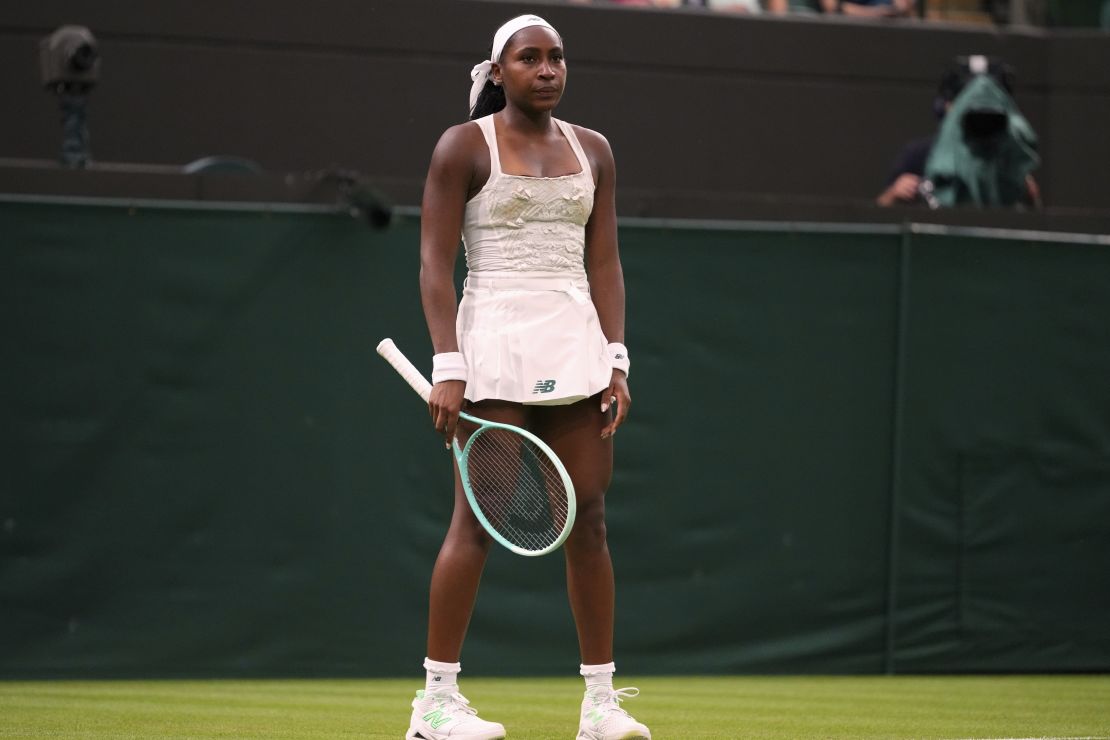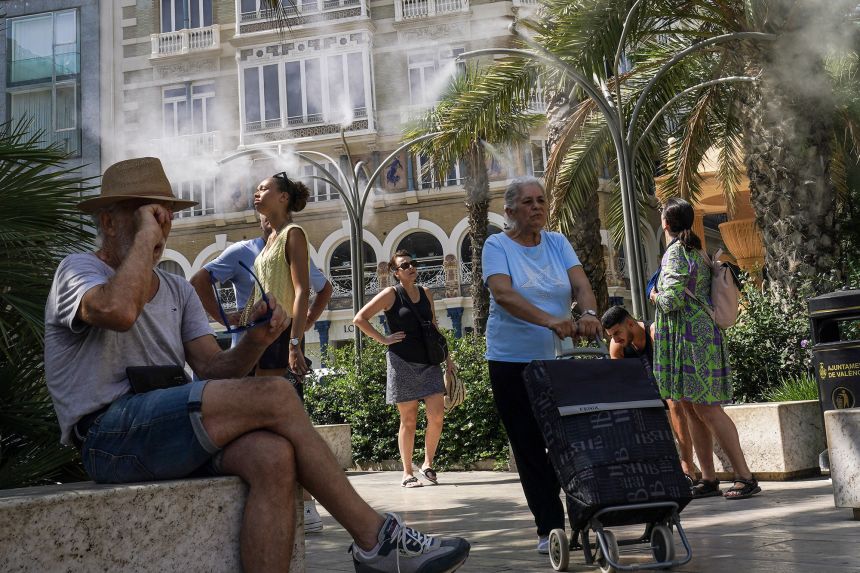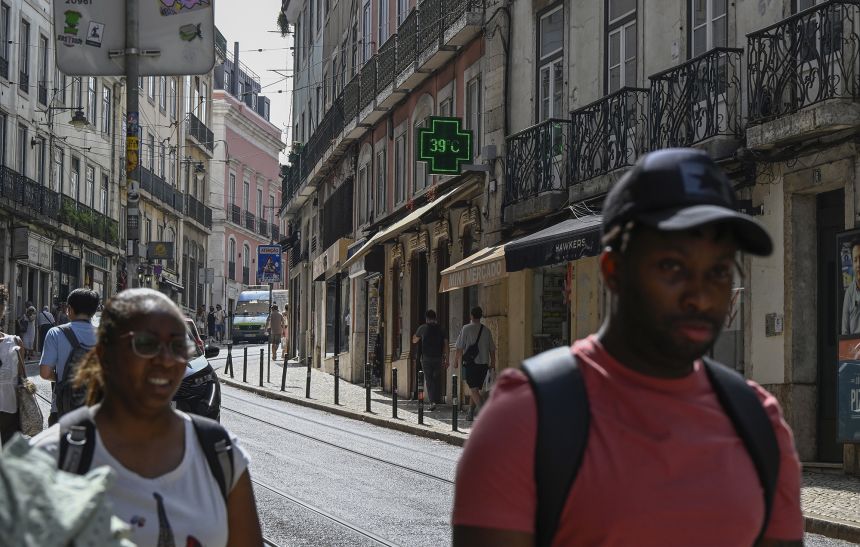CNN
—
President Donald Trump is barreling toward a self-imposed April 2 deadline for sweeping tariffs and is threatening additional ones on foreign adversaries this weekend even as he’s expressed openness to making deals.
Trump has cast April 2 as “Liberation Day,” promising reciprocal tariffs on an unspecified number of countries, as well as 25% tariffs on automobiles and car parts.
But he also warned of additional tariffs on US adversaries Russia and Iran in a phone interview with NBC News’ Kristen Welker over the weekend.
The president openly aired grievances toward Russian President Vladimir Putin in the interview.
“I was very angry – pissed off – when Putin started getting into Zelensky’s credibility, because that’s not going in the right location, you understand?” Trump told Welker, referring to the Russian leader’s comments last week suggesting Ukraine be put under a “temporary administration” while the two nations work toward a deal.
He continued, “But new leadership means you’re not gonna have a deal for a long time, right? … But I was pissed off about it. But if a deal isn’t made, and if I think it was Russia’s fault, I’m going to put secondary sanctions on Russia.”
Trump’s sharply critical tone on Putin stands in stark contrast to his own words on Ukrainian President Volodymyr Zelensky and Trump’s calls for elections in the war-torn country. He told Welker that Putin is aware he is angry.
Trump warned that failure to reach a deal could result in secondary tariffs.
“If Russia and I are unable to make a deal on stopping the bloodshed in Ukraine, and if I think it was Russia’s fault, which it might not be, but if I think it was Russia’s fault, I am going to put secondary tariffs on oil, on all oil coming out of Russia,” he said.
Trump didn’t provide further explanation on how he would implement those secondary tariffs.
The White House announced an agreement last week for Russia to stop using force in the Black Sea when sanctions on its banks and exports over its invasion of Ukraine are lifted. That fell far short of a 30-day full ceasefire initially proposed by the White House.
Asked whether he would talk to Putin this week if the Russian leader “does the right thing,” Trump said, “Yeah.”
In the same interview, Trump indicated he is “considering putting on secondary tariffs on Iran … until such time as a deal is signed.”
During his first term, Trump pulled the US out of a 2015 nuclear deal between Iran and world powers, a pact that imposed strict limitations on Tehran’s contentious nuclear program in exchange for sanctions relief. On Sunday, Iranian President Masoud Pezeshkian said the Islamic Republic rejected direct negotiations with the US on its nuclear program.
Still, the US has already imposed steep sanctions on Iran and does minimal trade with the country.
The president has previously conceded that his forthcoming tariffs could lead to some economic disruption, and his top economic advisers sought to downplay the uncertainty and economic impact of the Wednesday announcements.
National Economic Council Director Kevin Hassett declined to say how many countries would be targeted for reciprocal tariffs, and suggested Sunday that the plans remain fluid.
“President Trump is going to decide how many countries,” Hassett said during an appearance on Fox News’ “Sunday Morning Futures” with Maria Bartiromo.
Hassett appeared to indicate that the president has not made any final decisions.
“President Trump has a long-run vision of the golden age of America, and we’re working really, really hard to get it out there in time. But I can’t give you any forward-looking guidance on what’s going to happen this week. The president has got a lot of analysis before him, and he’s going to make the right choice,” Hassett said.
Trump, meanwhile, indicated some openness to negotiation, telling Welker, “Only if people are willing to give us something of great value. Because countries have things of great value.
Otherwise, there’s no room for negotiation.”
On Friday, Trump told reporters aboard Air Force One that any deals would likely happen after the tariffs are announced.
The president has long believed in the use of tariffs – and the threat of tariffs – as a key negotiation tool. But the back-and-forth on tariffs earlier this month rocked markets, fueling anxiety and uncertainty for American businesses and consumers.
Peter Navarro, the president’s senior counselor for trade and manufacturing, dismissed concerns about rising prices for consumers.
“Tariffs are tax cuts, tariffs are jobs, tariffs are national security, tariffs are great for Americans. Tariffs will make America great again,” he said during an appearance on “Fox News Sunday” with Shannon Bream.
CNN has reported that Americans won’t necessarily feel the full effects of tariffs immediately but that the import taxes could raise prices of just about everything, especially given that over 40% of the goods America imported last year came from the nations Trump targeted.
Bream pressed Navarro on concerns that the tariffs will show up in everyday costs. He pointed to money raised from auto tariffs that will support tax cuts, promising “the biggest tax cut in American history for the middle class.”
“Holistically, as they say, consumers and Americans are going to be better off, including all the jobs they get,” he said.
Pressed once more about polling that reflects the overall belief that tariffs will make products more expensive and Trump’s own assertion that tariffs could lead to “some disruption,” Navarro said they should “trust in Trump.”
“Trust in Trump. We have the example from the first term. We know that we imposed historically high tariffs on China. We imposed aluminum and steel tariffs. We imposed on washing machines, on solar. … All we got out of that was prosperity and price stability.
And the reason why we’re not going to see inflation is because foreigners are going to eat most of it. They have to,” he said.



























